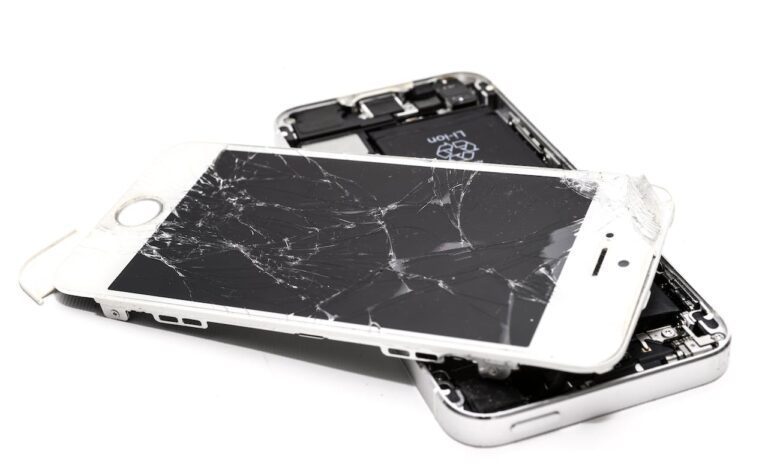- Last Updated: October 17th, 2025
Key Takeaways
- According to Statista waste statistics, more than 50 million metric tons of e-waste is generated globally every year.
- In the UK specifically, approximately 20% of the UK's e-waste is currently recycled.
WEEE Waste Growth 2025
According to recent data, worldwide, the annual generation of e-waste is rising by 2.6 million tonnes annually, on track to reach 82 million tonnes by 2030.
According to Statista waste statistics, more than 50 million metric tons of e-waste is generated globally every year. Between 2010 and 2019, e-waste generation increased by roughly 60%.
This number accounts for a wide range of electronic products, from household appliances to industrial equipment. The per capita waste generation varies, with developed countries typically contributing more waste per capita compared to developing countries. However, the global e-waste issue is a collective challenge.
With a surge in the usage of electronic devices, from smartphones to laptops, the volume of discarded electronic items escalates. This article delves into the statistics of e-waste generation and recycling, emphasising the importance of proper disposal and waste management.

How Much Electronic Waste Is Recycled?
According to The World Counts, globally only 12.5% of E-Waste is recycled. 85% of our E-Waste is sent to landfills and incinerators.
In the UK specifically, approximately 20% of the UK’s e-waste is currently recycled. The UK also ranks 2nd in the largest producer of e-waste, below Norway claiming the top spot:
- Norway
- UK
- Switzerland
- Denmark
- Australia
Despite the high volume of electronic waste produced, only a fraction undergoes proper waste recycling. This shortfall emphasises the need for enhanced recycling infrastructure and public awareness about the importance of recycling electronic waste.
How Does Electronic Waste Impact Our Planet
When electronic items are improperly disposed of, they can release harmful substances, including lead, mercury, and cadmium, into the environment. These toxic materials can contaminate soil and water, posing serious health risks to humans and wildlife.
Additionally, the carbon dioxide emissions associated with the manufacturing, transportation, and disposal of electronic devices contribute significantly to climate change.
Another aspect is the loss of valuable raw materials. Electronic products contain precious metals like gold, silver, and copper, which are finite resources. When these items are discarded in landfills rather than recycled, these valuable materials are lost.
This not only leads to more mining and extraction of raw materials but also increases waste generation. As such, the cycle of electronic waste production and disposal exerts a heavy toll on our planet’s resources and ecosystems.
By raising awareness about these impacts and advocating for the proper disposal and recycling of electronic waste, we can mitigate environmental damage and foster a more sustainable future. This calls for concerted efforts from individuals, businesses, and governments to ensure that electronic waste is managed responsibly and efficiently.
Recycle Electronic Waste With Us
The growing pile of electronic waste is a global concern that calls for immediate and collective action. Understanding the magnitude of e-waste produced and the importance of its recycling is the first step towards effective waste management. By joining hands with responsible recycling services like ours, you can play a pivotal role in mitigating the environmental impact of electronic waste.
At Collect and Recycle, we are committed to tackling the challenge of e-waste. We offer comprehensive solutions for the proper disposal and recycling of discarded electronic items. By choosing our services, individuals and businesses can contribute to reducing the tons of e-waste that end up in landfills each year.
We believe in responsible waste recycling and are dedicated to recovering valuable materials from electronic waste. This not only conserves natural resources but also supports the circular economy, reducing the need for extracting new raw materials.


